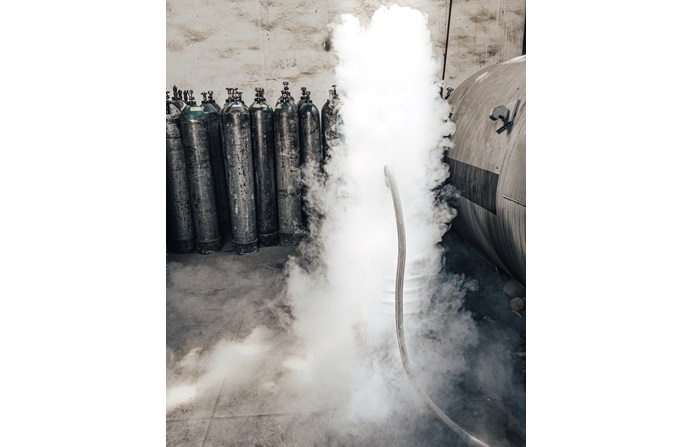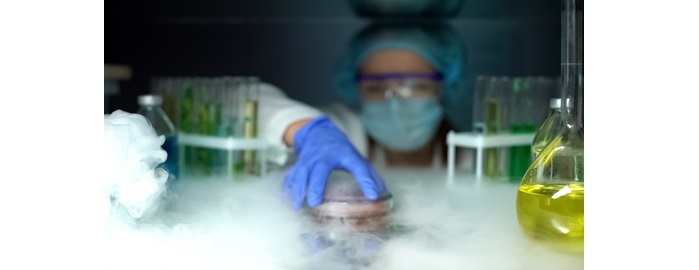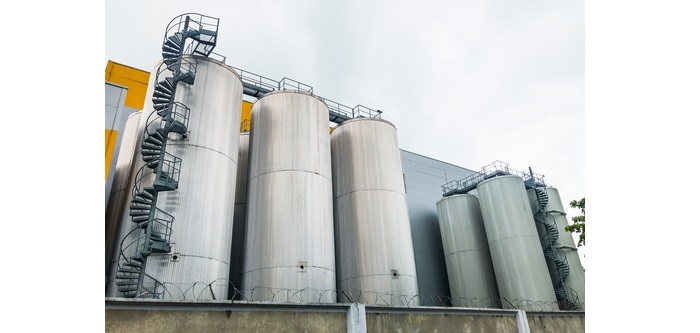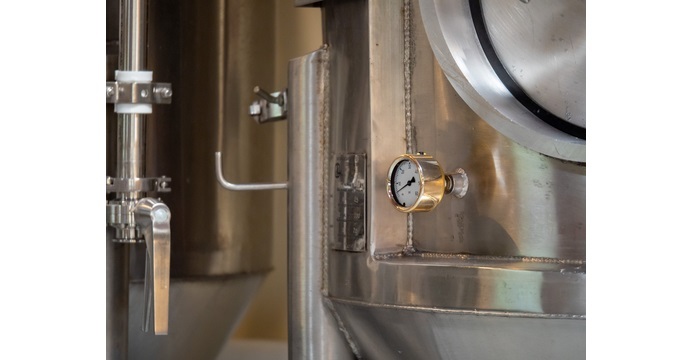
 Data Structure
Data Structure Networking
Networking RDBMS
RDBMS Operating System
Operating System Java
Java MS Excel
MS Excel iOS
iOS HTML
HTML CSS
CSS Android
Android Python
Python C Programming
C Programming C++
C++ C#
C# MongoDB
MongoDB MySQL
MySQL Javascript
Javascript PHP
PHP
- Selected Reading
- UPSC IAS Exams Notes
- Developer's Best Practices
- Questions and Answers
- Effective Resume Writing
- HR Interview Questions
- Computer Glossary
- Who is Who
In-Vitro Germplasm Conservation
Introduction
Term Germplasm is explained as all the genotypes of a species that could be used for breeding a new genotype. Germplasm conservation is the most effective way for maintaining the genetic traits of endangered and commercially important plants.
It must be protected to ensure variability for future species improvement. For plants, germplasm may be stored as pollen, seed, stems, calli, and even a whole plant whereas for animals, genes, and body parts are stored in a gene bank or cryobank.
Conventional germplasm is considered as seeds stored at ambient temperature, low temperature, and ultra-low temperatures. But many seeds produce short leaves through this conventional germplasm method. Hence, in-vitro germplasm conservation is used as an alternative for seed banks and field banks.
Types of Germplasm Conservation
There are mainly 2 types of germplasm conservation which are categorized on the basis of the locality of their storage.
In-situ Conservation - Here the obtained germplasm is conserved and maintained in the natural environment like parks, gene sanctuaries, nature reserves, etc.

Ex-situ Conservation - Here the germplasm is conserved is taken from their natural habitats to the outside artificially created habitats like aquariums, botanical gardens, etc. Here the genetic material in the form of seeds or in-vitro cultures is preserved and stored as gene banks for long-term use.

Global seed vault Svalbard Norway
Ex-situ conservation is again divided into 2 types: in-vitro and in-vivo conservation.
In-Vitro Germplasm Conservation
Here the gene banks have been made to preserve the genetic material by non-conventional methods using tissue and cell culture procedures.
The germplasm is stored in the form of protoplasts, cells obtained from cell cultures or calluses, meristematic tips, somatic embryos, and shoot tips. Hence this preservation depends on the principle that the plant cells which are mostly totipotent are kept alive for longer durations using in-vitro cultures.
In-vitro storage of germplasm helps to assure access and safe transportation of the plant material. The germplasm preserve can be maintained in an environment free from pathogens.
Approaches for Germplasm Conservation
There are mainly three approaches for in-vitro germplasm conservation which can be done for long-term storage of genetic resources. They are ?
Cryopreservation.
Cold storage.
Low pressure and low oxygen storage.
Cryopreservation
The word cryo here means frozen or frosting. This method is widely applicable to the conservation of endangered plant species. The germplasm is stored in the form of cells, meristems, and embryos.
Here the cells or tissues are brought to a zero metabolism state or non-dividing state or inactive state. This method of conservation requires the presence of cryoprotectants like glycerol, ethylene, sucrose, dimethyl sulphoxide DMSO, acetamide, and many more.
Broadly the germplasm here is stored at very low temperatures which include -
Over solid carbondioxide at -79OC.
Low-temperature deep freezers at -80OC.
In vapor phase nitrogen at -150OC.
Liquid nitrogen at -196OC.
The most commonly used media is liquid nitrogen (-196OC). This method has been applied for the conservation of germplasm for many plant varieties like rice, wheat, peanut, cassava, sugarcane, strawberry, coconut, etc.

The following steps are involved in the process of cryopreservation ?
Selection of plant material and raising sterile tissue cultures.
Addition of cryoprotectants and pre-treatment.
Freezing.
Stored in liquid nitrogen at -196 OC.
Thawing
Washing and re-culturing.
Survival or viability determination.
Plant growth and regeneration.

Cold Storage
Here the low temperatures are used which will be in the range of 1-9OC but not the freezing temperatures.
This method slows down the growth process of the cultured cells or tissues rather than fully stopping. Hence this method is considered a slow growth germplasm conservation method.
Through this method the genetic material can last for about 15 years and this conservation helps in preventing cryogenic injuries which lead to higher survival rates of germplasm.
This approach stores many in-vitro developed shoots or plants of fruiting trees like strawberries and grapes. With the addition of a few drops of medium every 2-3 months, virus-free strawberry plants could be conserved at 10OC for about 6 years.

Cold Storage Containers
Low Pressure and Low Oxygen Storage
Here low pressures (LPS) are used in the surrounding atmosphere of plants which reduces the growth.
This results in the partial reduction of pressure exerted by gases around the germplasm.
LPS systems are essential for both short and long term storage of plant materials. The short storage mainly useful to enhance the shelf-life for many plant materials like fruits, vegetables, flowers, and plant cuttings.
LPS reduces the activity of pathogenic organisms and prevents the germination of spores in the plant culture systems.
Low oxygen storage (LOS), here the oxygen levels are decreased below 50mmhg which reduces the growth and the atmospheric oxygen is maintained by the addition of nitrogen.
Due to low availability of oxygen and carbon dioxide, photosynthetic activity is decreased thereby halting the plant growth and dimension.

Advantages of In-vitro Germplasm
A few advantages of in-vitro germplasm include ?
Germplasm is used as it provides the raw material or genes which the breeder uses to develop many commercially important plant or animal varieties.
Due to the failure of conventional methods, an in-vitro germplasm preservation is much helpful. In-vitro storage of vegetatively propagated plants can result in great savings in storage space and time.
Sterile plants which cannot be reproduced in general can be maintained in-vitro.
It is possible in-vitro to efficiently reduce growth which decreases the number of subcultures and is only the way of ensuring that it remains sterile.
It helps in the long-term conservation of cell culture.
Here disease resistant plants can be frozen and propagated.
Plant genetic resources from the endangered species can be conserved.
Re-calcitrant seeds can be maintained for longer periods.
The disadvantages of in-vitro germplasm conservation are that it requires constant electricity, skilled manpower, and high technology. The formation of ice crystals is seen where it causes damage to the germplasm.
Conclusion
Germplasm conservation includes the conservation of living genetic resources like pollens, seeds, or tissues of plant material for the purpose of plant breeding, and preservation in live conditions, and is useful for many research work. In-vitro conservation of germplasm is most widely used as it can store the genetic resources for long periods using approaches like cryopreservation, cold storage, or use of low temperature and low oxygen conditions.
In cryopreservation, very low temperatures or freezing point is used for conservation which is attained by the use of salt or cryoprotectants with the organic molecule. In this method, the cells or tissues are stopped at their non-dividing stage. Using cold storage and low pressures and low oxygen storage the growth of the germplasm is halted or reduced.

